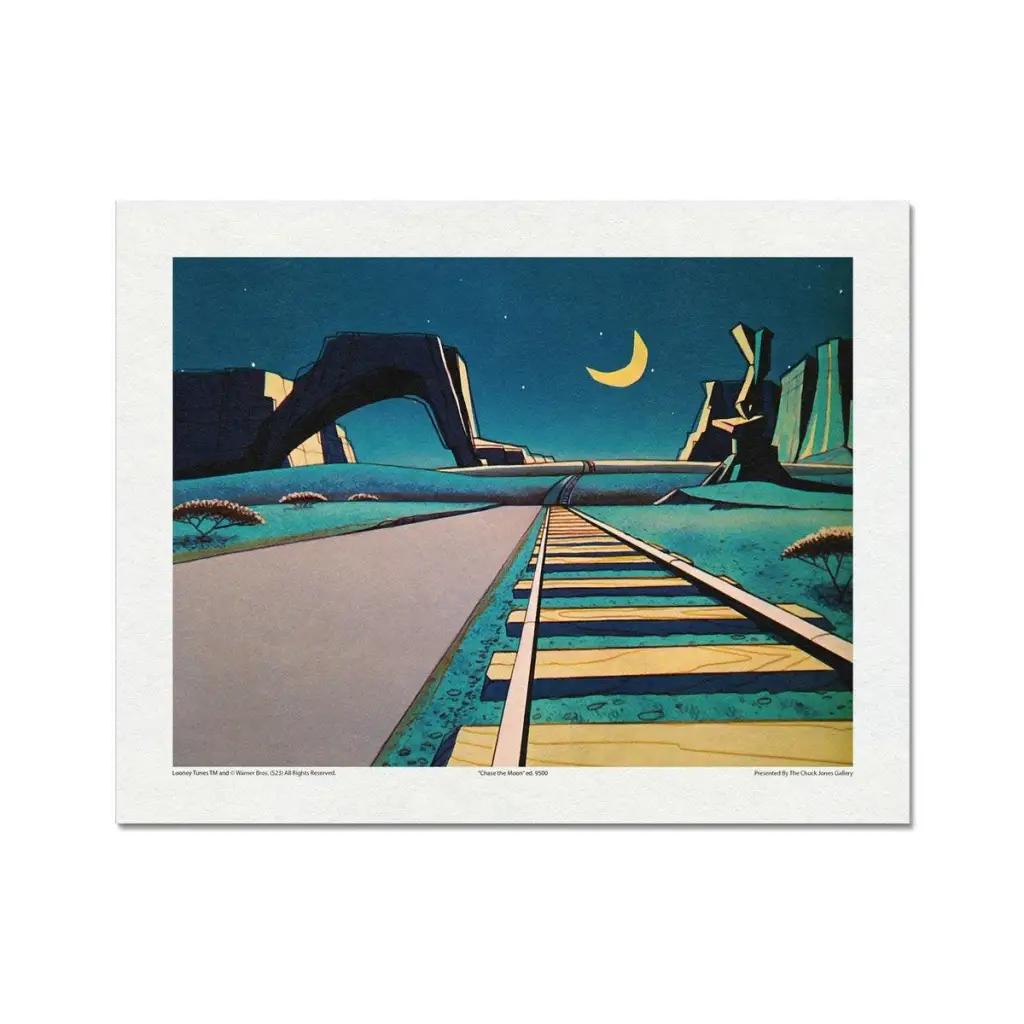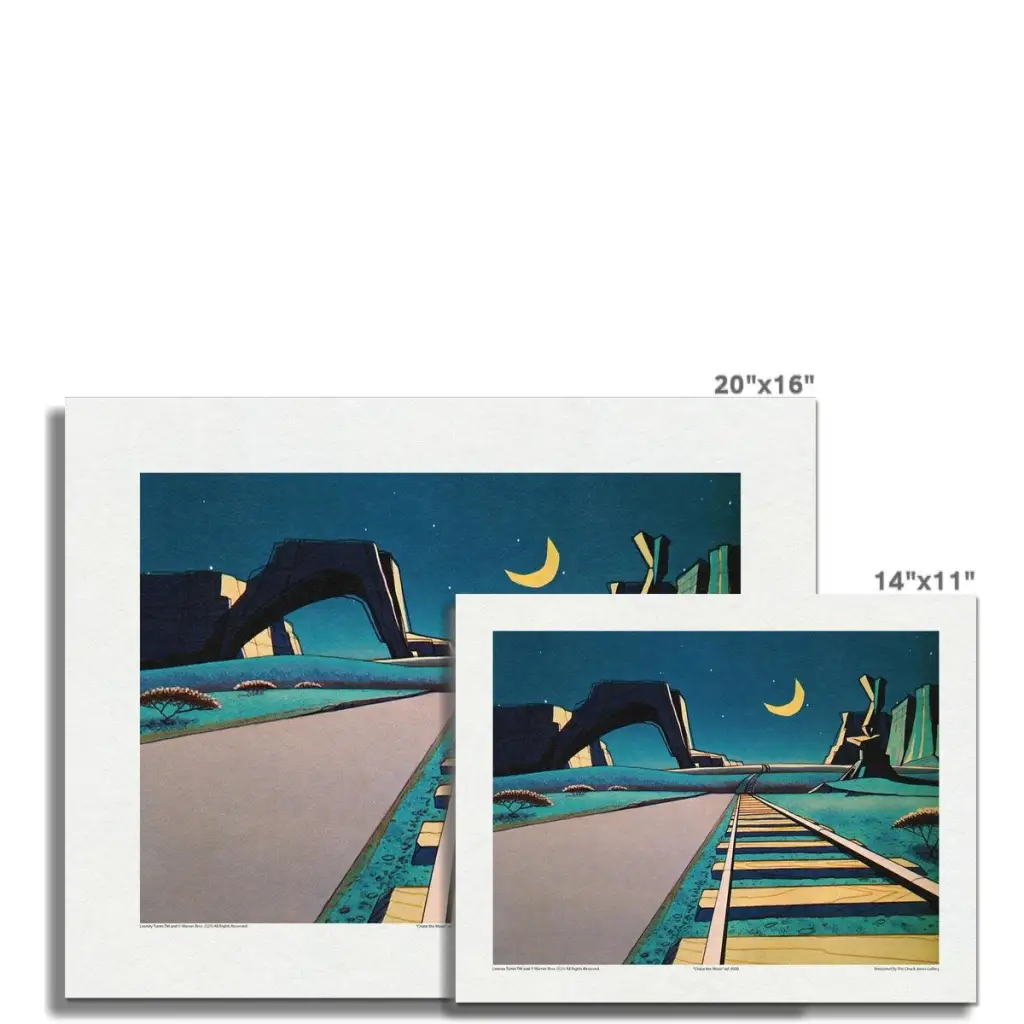For many of us, memories of classic Warner Brothers cartoons, with their dynamic characters and colorful settings, are a vibrant part of our childhoods. But behind every falling anvil, Roadrunner escape, and Daffy Duck tantrum, there were unseen hands shaping the world our animated heroes inhabited. Two of the most integral, yet frequently confused, roles in this process are the Layout Artist and the Background Artist. Let's delve into the differences between these two cornerstones of classic animation.
Layout Artist: Setting the Stage
Think of the layout artist as the architect or the stage director of the animated world. Before the main action starts, someone needs to set up where everything will take place.
Blueprints of Animation: The layout artist uses the storyboard (a series of rough sketches that outlines the main events of the cartoon) as a reference and creates the first detailed sketches of each scene. These sketches map out where characters will be placed, the primary actions they will undertake, and how camera movements will pan across the screen.
Perspective and Dynamics: Beyond just drawing a scene, the layout artist ensures that the perspectives are correct. If Bugs Bunny is supposed to appear far away in one shot and then close up in the next, the layout artist sets this up, ensuring a seamless visual flow.
Guiding the Action: Another crucial aspect of the layout artist's job is to help guide the animators. By setting the scene and providing detailed visuals, the animators know precisely where Daffy needs to stand when delivering his punchline or where the anvil will land in relation to Wile E. Coyote.
Background Artist: Painting the World
Once the layout artist has set the stage, the background artist steps in, infusing life into the environment.
Mood Creators: The background artist's primary role is to establish the setting's tone and mood. If it's a spooky episode with Porky Pig in a haunted house, expect gloomy, shadowed interiors. If it's a light-hearted romp through a meadow, the colors will be bright and cheery.
Detailing the Scene: While the layout provides structure, the background artist fills in the details. This means painting the intricate patterns on curtains, deciding the texture of the ground, the lushness of foliage, or the rusticity of a wooden cabin.
Consistency Maintainers: Background artists also ensure visual consistency throughout an episode. If a scene is set in Elmer Fudd's living room, the room needs to look consistent every time we return to it, even if the angle changes. The continuity is paramount, and the background artist ensures we're always grounded in the cartoon's reality.
In Conclusion: A Harmonious Collaboration
Although they have distinct roles, the layout and background artists in classic Warner Brothers cartoons (and indeed, in most animation studios) work closely together. The layout artist lays the foundation, while the background artist builds upon it, creating a world that feels cohesive, immersive, and always tailored to support the antics of our favorite characters.
In appreciating the genius of classic animations, it's worth recognizing the backstage heroes—the layout and background artists—whose combined efforts gave depth, color, and life to the worlds we so dearly love.




